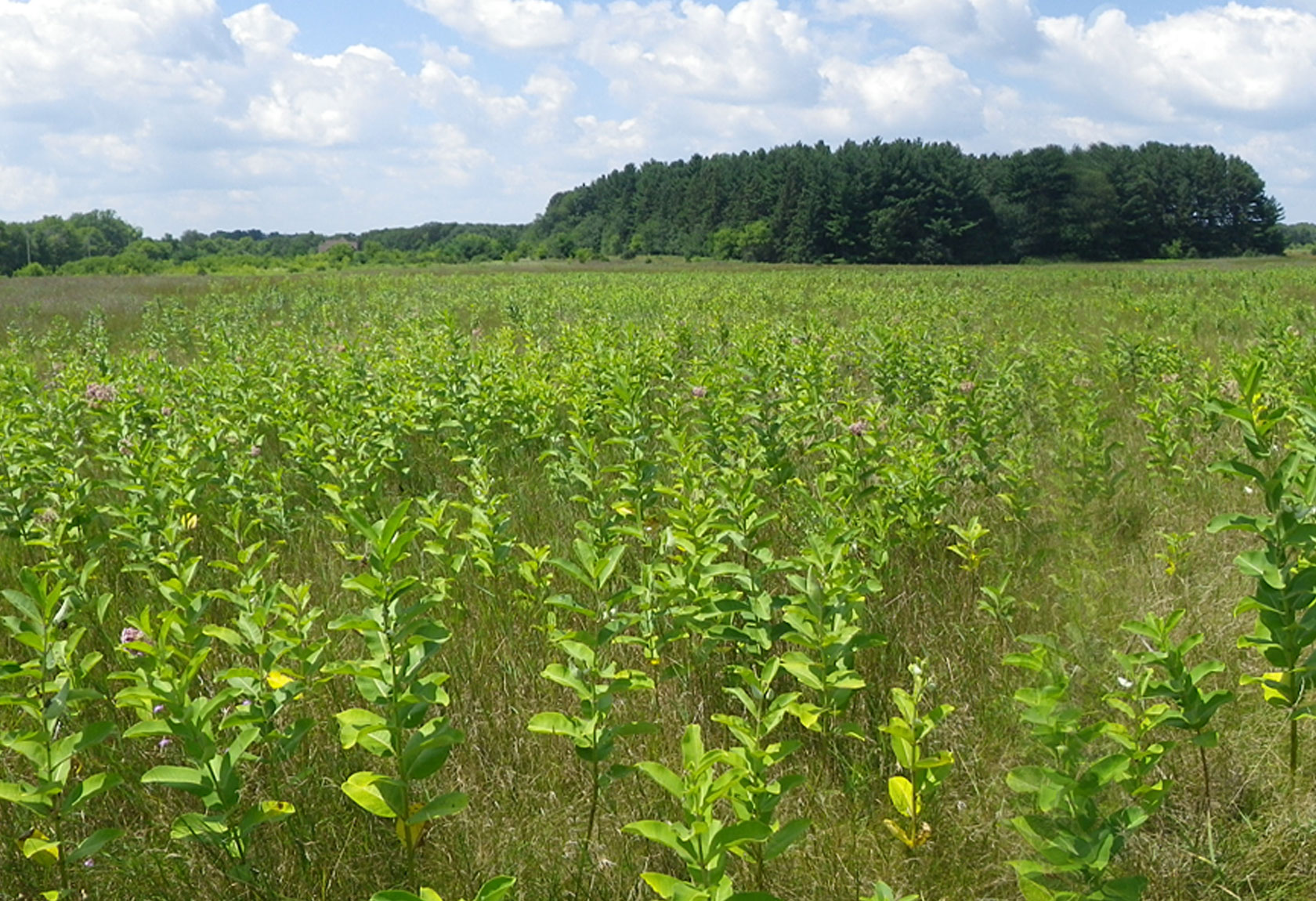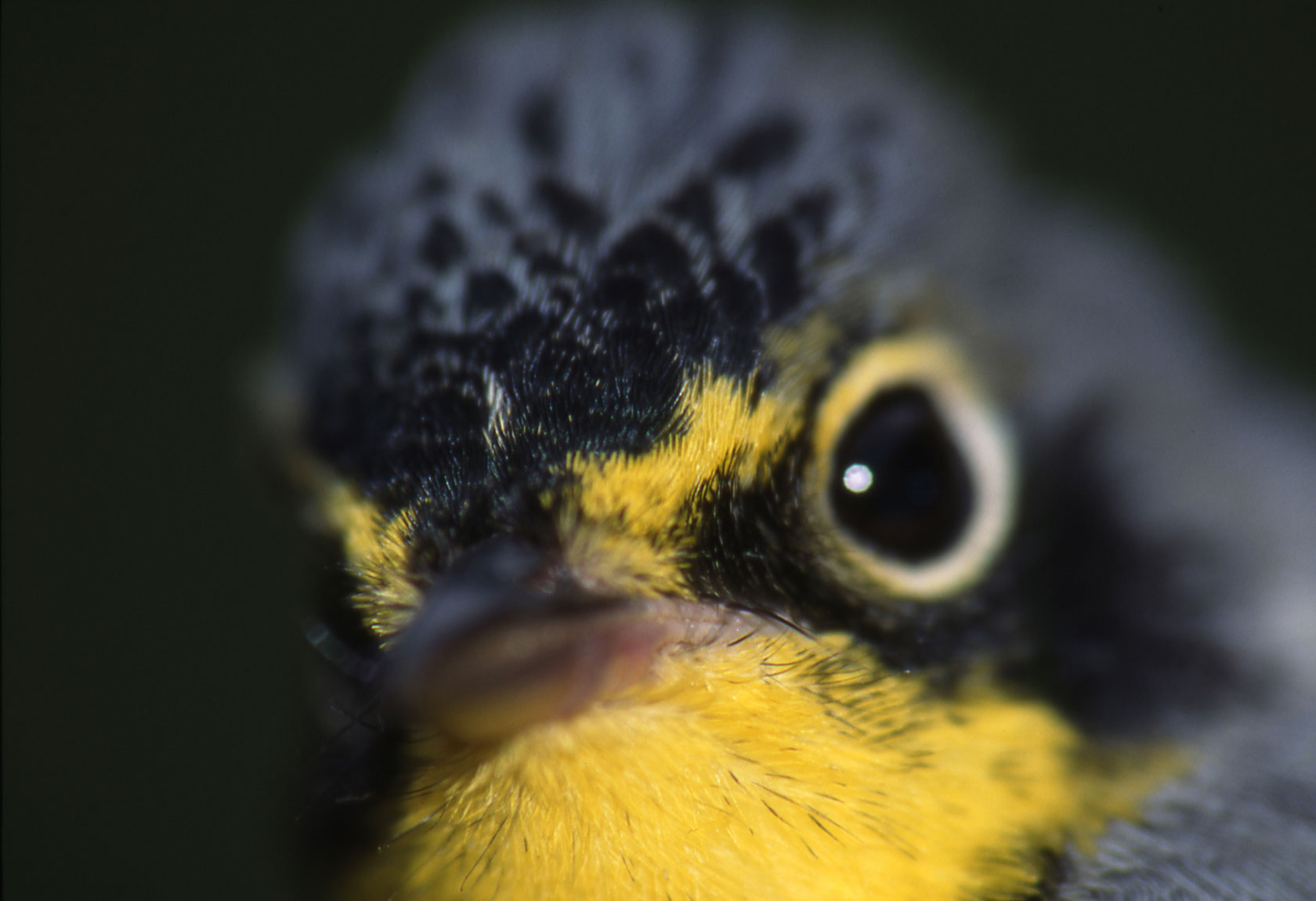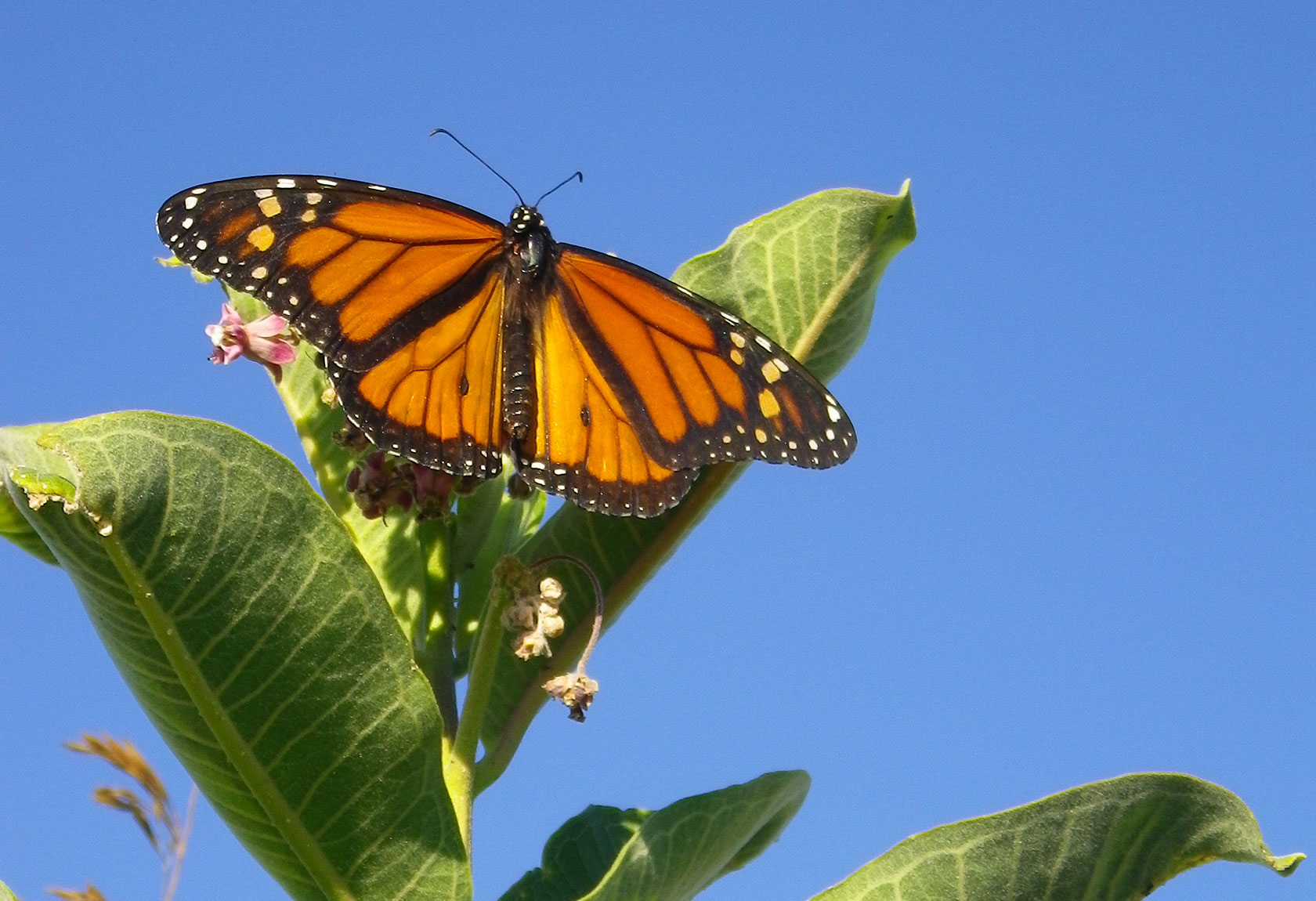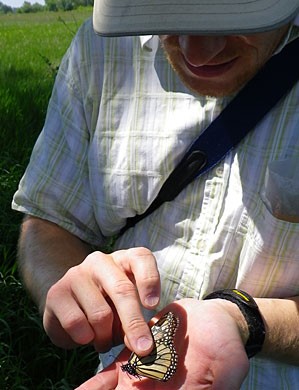-

Solutions for complex ecological network problems
My interdisciplinary research program links population dynamics and decision-theory to understand the factors limiting population growth and develop optimal management strategies for species of concern.
-

Solutions for complex ecological network problems
We incorporate spatial and experimentally-derived demographic vital rates and movement into quantitative population network models that account for multiple perturbations to population viability under the effects of global change.
-

Solutions for complex ecological network problems
This research program integrates these dynamic population processes into formal cost-benefit decision analysis to determine the optimal strategy to reach societal objectives at local to global extents.
-

Solutions for complex ecological network problems
I thrive on interdisciplinary research so if you are keen to bring together cutting-edge research from separate fields to solve wicked problems, please be in touch so we can start a conversation.
-

Solutions for complex ecological network problems.
I thrive on interdisciplinary research so if you are keen to bring together cutting-edge research from separate fields to solve wicked problems, please be in touch so we can start a conversation.







